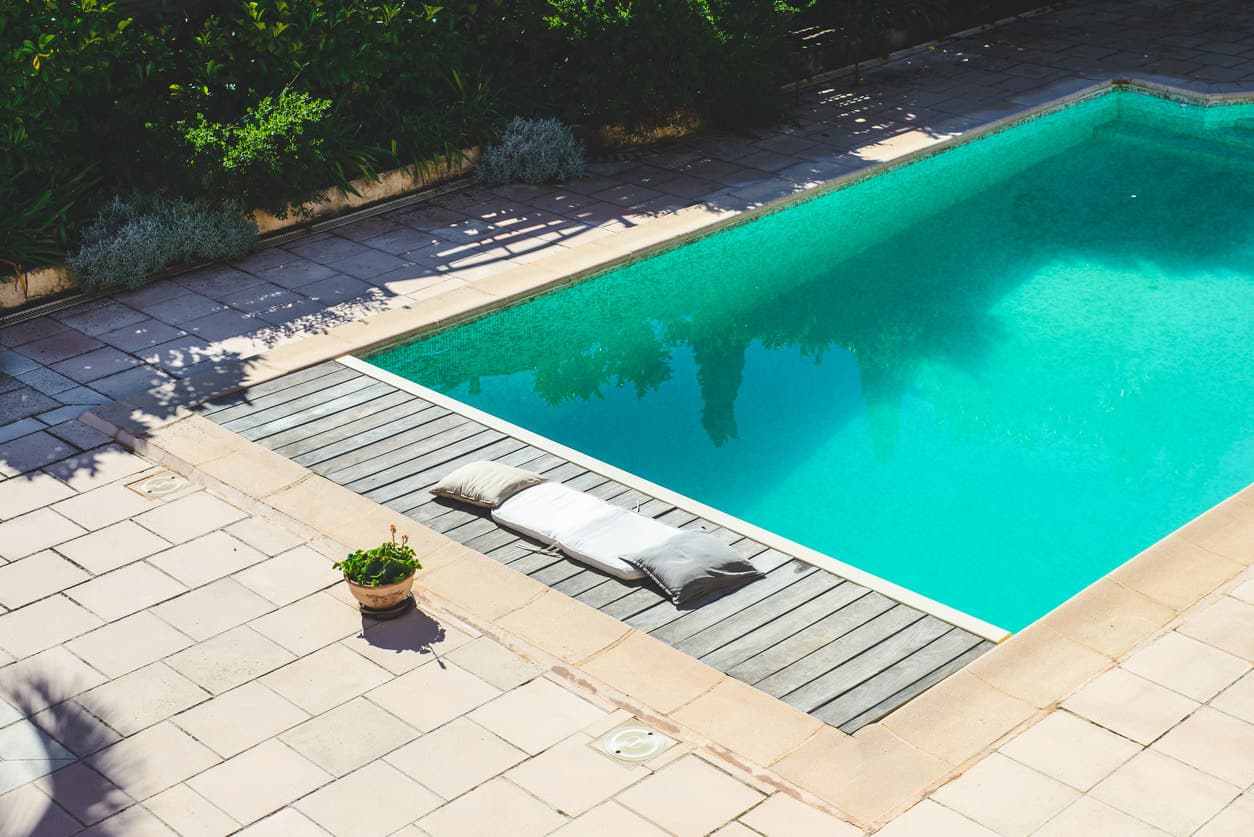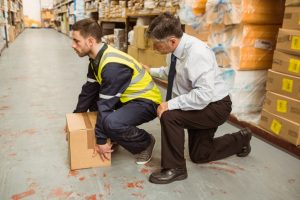
If you are outfitting your garden or back yard with a new swimming pool, there are many questions you will likely be asking yourself with regards to the pool’s size, cost, decoration and safety.
Here we will look at some essential points to consider when building a pool and making it safe for children or pets to be around.
Choosing a Swimming Pool Size
Size matters. When designing, building or outfitting a swimming pool you have to ask yourself what you realistically intend to do in the pool and how often you will use it. This will greatly affect the size you choose. Think:
- Are you training for a triathlon, so need to be able to swim lengths?
- Are you someone who likes a quick dip for a few minutes at the end of the day so just a round pool will suffice?
- Do you want a swim-up bar or snack area at the pool?
- How wide do you need the pool?
Depending on the space you have to turn into a swimming pool, these questions will be of varying importance. The chances are you will want to allow two or more people to swim comfortably without touching each other, so a width of at least 3-4 meters would be ideal.
Swimming Pool Safety Fences
Accidents in and around swimming pools are very common. When planning the design of your pool make sure you plan for some type of fencing around the water.
All private swimming pools in Australia must now have a fence around the perimeter of the pool to protect children and people who can’t swim. Installing a fence or balustrade around your pool can stop children and pets from accessing the pool when they aren’t being supervised.
Glass balustrades are a highly effective way to make sure you can see whoever is in the pool at all times. Buying semi-frameless glass balustrades in Adelaide for your swimming pool can save lives.
Swimming Pool Safety
There are of course many other ways you can make your swimming pool a safer area:
Installing slip-free, extra-grip rubber walkways around the perimeter of the pool can help protect against slipping accidents, a common cause of pool-related injuries.
Buying a range of lifesaving equipment is also important. Examples include:
- Lifejackets
- Safety Rings
- Body hook
- Rope
- First Aid Kit
Having access to these essential pieces of equipment will greatly help in an emergency. Make sure everyone using your pool knows how to correctly use lifesaving equipment.







